
 By Victor Duda
By Victor Duda
Will the use of winged missiles change and do they have the future? The winged missiles, which include American "tomavki" and even Russian "chess", are the present and future war, according to a column of military analyst Michael Booner on the Portal Defense News. In the following years, approaches that have shown wars in Ukraine and Israel will be used, but the role of winged missiles will not decrease.
The article compares the wars of 2022-2025 (Ukraine, Israel) and wars of the early 21st century. It turned out that in all cases there were winged missiles. The innovation of the Russo-Ukrainian War is a shock long-range drones that have all the signs of rockets, although they look different, the analyst said. Russian-Ukrainian war. The fighting began with tanks, armored vehicles and artillery, and subsequently Ukraine has added FPV-aroma, which, as the analyst recalled, has been used since 2010.
In addition, from the first days, the Russians used missiles of different types, including winged. However, over time, traditional tools were supplemented with new ones. As of 2025, Russia beats in Ukraine Dronami-Kamikadze "Shahaned", and Ukraine in the Russian Federation-FP-1 drones (this UAV Bonert also took to "Winged missiles"). The analyst emphasized the danger of this type of weapon for a large country. "Even the best means of defense have been unable to stop this threat.
The larger the country, the less it can be protected. The geography and physics on the side of these weapons," the article explains. Israeli-Iranian War. In this war, the F-35 Army of Defense of Israel (as well as the B-2 Pentagon) was actively working out, which caused high-precision blows to the enemy. On the other hand, Israel also created his own response to Shakhada - the drones of "Harpia", said the analyst. The article compares two approaches to war.
The first - with the help of drones: weapons are cheaper, it can get deepening of the territory to damage infrastructure objects and bypass the air defense. The second is with the help of stealth flowers, which can be reached by expensive weapons to command points and stop the war, which, in fact, does not have time to begin.
Among other things, they mention Tomahawk missiles, which the United States was actively used in conflicts in the late 20th century: they, like Shahda, fly low, but carry more explosives and at a higher speed. "These are two fundamentally different points of view, but none of them truly refutes constantly superior to the characteristics and cost-effective cruise missiles.
No matter how the future of the war develops, winged missiles at low altitude and percussion drones will always be the first volley," Boner summed up. The analyst separately clarified why he calls "Shahda" cheap analogues of winged missiles and compares with "tomahawki". In his opinion, these are slow winged rockets that "use screws instead of turbopanizing engines", but "fundamentally different from their faster analogues.
" In particular, drones are hit by a fixed purpose, flying at low altitude, have autonomous flight and one -time start. It should be noted that the focus wrote about the massive blows of the Shahaneda Russian Federation in Ukraine. One of the blows took place on the night of September 8: Kryvyi Rih was under a blow. At the same time, there are results of attacks of aerial means of damage in the territory of the Russian Federation.
For example, in September, the commander of the unmanned system of systems Robert Brody reported that in August 17 times they hit the Russian oil refining, with some refineries burning twice. In September, the strikes continued: for example, in the occupied Crimea, the oil terminal was blown up in Feodosia, who burned for three days in a row.


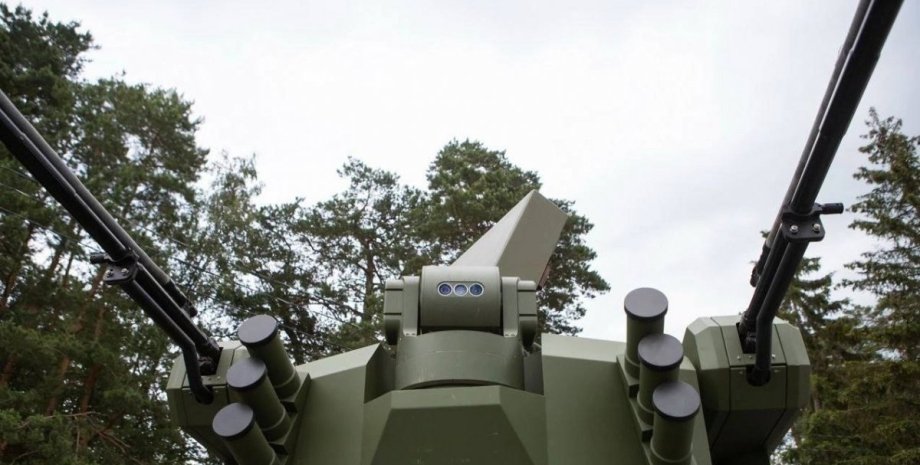
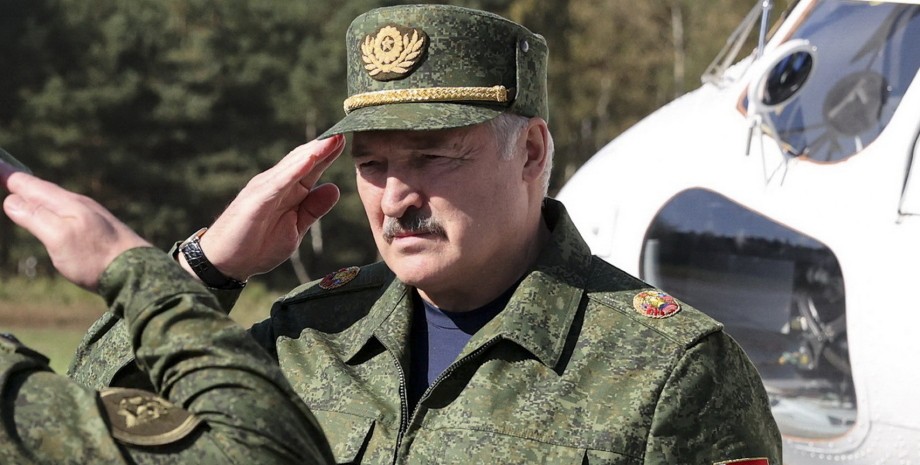
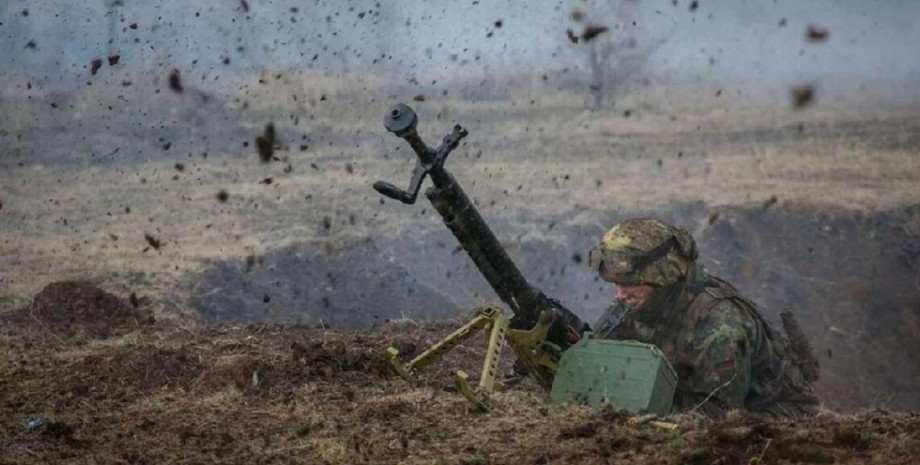

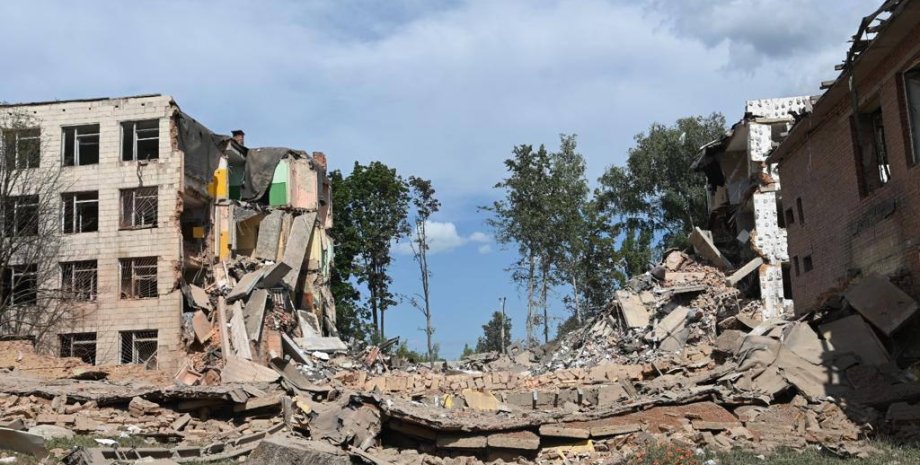
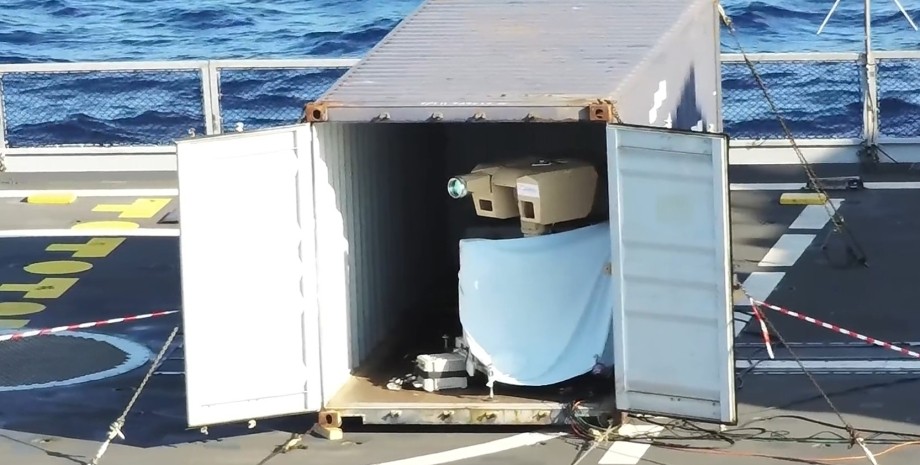

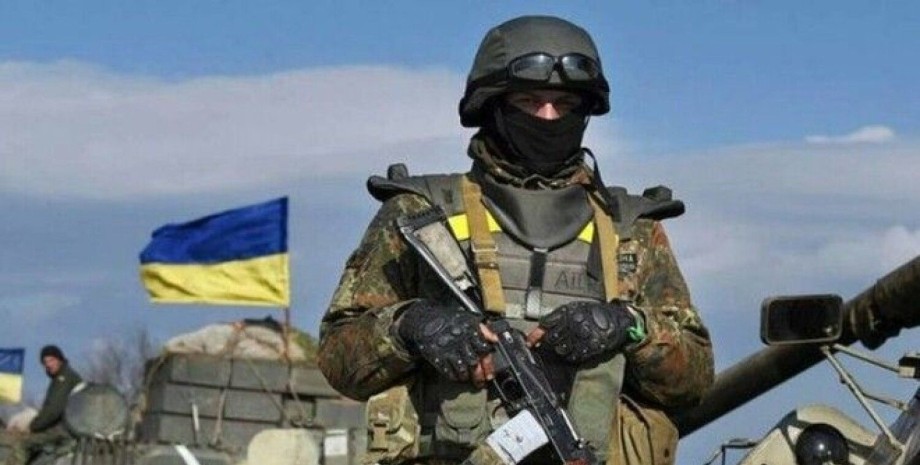
All rights reserved IN-Ukraine.info - 2022